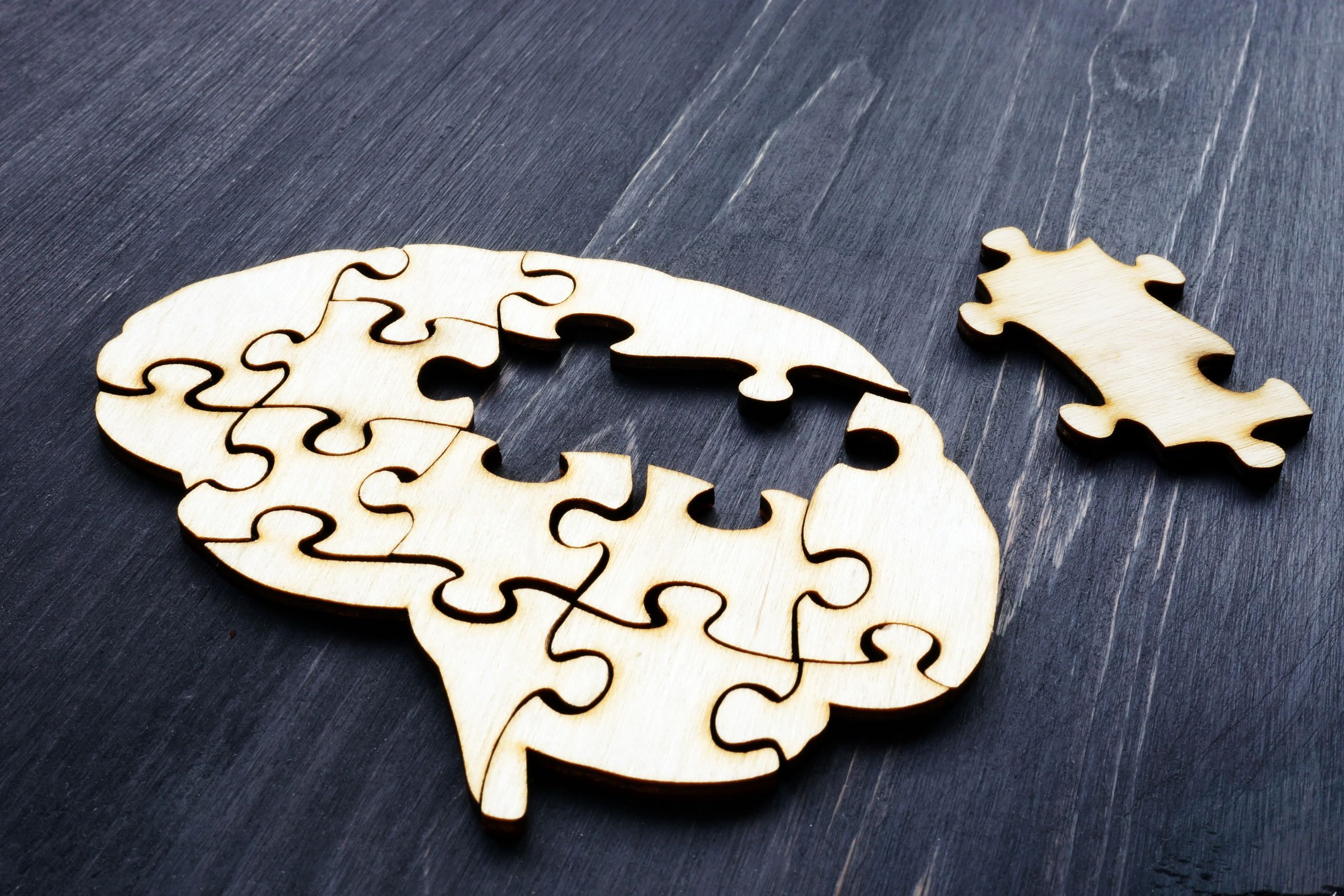Borderline vs Histrionic Personality Disorder
Borderline personality disorder and histrionic personality disorder are complex mental illnesses that can prevent a person from living a full and satisfying life. If you suspect that someone you care about has one of these conditions, it can be valuable to understand both the similarities and differences between borderline vs. histrionic personality disorder.
If you or a loved one are struggling with mental health begin your journey today! Call us now or head to our admissions page to start the process to a healthier, happier life!
What Are Personality Disorders?
The fifth edition of the Diagnostic and Statistical Manual of Mental Disorders (DSM-5) defines personality disorders as pervasive and inflexible patterns of inner experiences and behaviors that deviate substantially from a person’s culture.
The personality disorders section of the DSM-5 includes 10 conditions, organized into three groups, or clusters:
- Cluster A includes paranoid, schizoid, and schizotypal personality disorders. According to the DSM-5, people with these disorders often appear to be “odd or eccentric.”
- Cluster B includes antisocial, borderline, histrionic, and narcissistic personality disorders. People with Cluster B disorders, the DSM-5 reports, are typically viewed as “dramatic, emotional, or erratic.”
- Cluster C includes avoidant, dependent, and obsessive-compulsive personality disorders. The DSM-5 describes people with these disorders as seeming to be “anxious or fearful.”
Symptoms of personality disorders typically begin to appear during adolescence or early adulthood, and they are unlikely to subside if the person does not receive appropriate treatment.

Signs and Symptoms of Borderline vs. Histrionic Personality Disorder
To fully appreciate the similarities and differences between borderline and histrionic personality disorder, it can be helpful to first review the signs and symptoms of each condition separately.
Borderline Personality Disorder
Borderline personality disorder, or BPD, is characterized by impulsivity and instability, primarily in a person’s self-image and relationships. The diagnostic criteria for BPD include:
- Frantic efforts to avoid being abandoned, even when there is no credible reason to believe this is about to occur
- A series of intense but unstable relationships, during which the individual vacillates between idealizing and devaluing their partner
- Persistent changes in a person’s sense of who they are
- Impulsivity in at least two areas that could be potentially harmful to the individual, such as unsafe sex, reckless driving, substance use, binge eating, or excessive spending
- Repeated acts of self-harm, suicidal threats, or suicide attempts
- Dramatic mood swings, often involving intense irritability or anxiety
- Chronic sense of emptiness
- Intense anger and limited ability to control that anger, which often leads to verbal outbursts and physical fights
- Temporary periods of paranoia or dissociation (which is the feeling of becoming detached from one’s own body, mind, or environment)
As established in the DSM-5, someone with BPD will exhibit five or more of these symptoms in a variety of contexts, such as at home, at work, and in social situations.
Histrionic Personality Disorder
To be accurately diagnosed with histrionic personality disorder, or HPD, a person must meet at least five of the following seven criteria:
- Discomfort in situations where they’re not the center of attention
- Frequent use of inappropriate sexual or provocative behaviors when interacting with others
- Rapidly shifting (and shallow expression of) emotions
- Consistent use of physical appearance in attempts to attract attention
- Speaking in an excessively expressionistic style, but failing to provide details
- Regularly engaging in self-aggrandizing, theatrical, or otherwise exaggerated displays of emotion
- Being easily swayed, influenced, or manipulated by other people
- Believing that their relationships have a greater degree of intimacy than is actually the case
Originally, people who have histrionic personality disorders often appear to be charming or are celebrated as “the life of the party.” Over time, though, their unrelenting need for attention can become off-putting.
Comparing Borderline vs. Histrionic Personality Disorder
Having reviewed each of these disorders separately, let’s take a look at some of the major similarities and differences between borderline vs. histrionic personality disorders.
Similarities
Common features of both BPD and HPD include:
- These conditions are both Cluster B personality disorders.
- Both conditions can cause considerable distress, both for the person who has the disorder and for those who care about them.
- BPD and HPD can overlap, which means that it is possible for a person to have symptoms of both disorders.
- People with either HPD or BPD have an elevated risk of co-occurring conditions such as anxiety, depression, and addiction.
- Both disorders are treatable, but it can be difficult to convince someone with either BPD or HPD that they need professional help.
Differences
Crucial distinctions between BPD and HPD include:
- BDP appears to be more common than HPD. The DSM-5 estimates that the prevalence of borderline personality disorder could be as high as 5.9%, while histrionic personality disorder is believed to affect about 1.8% of the population.
- Though people with borderline personality disorder fear being abandoned, they also have a habit of losing interest in and undermining their relationships. People with HPD may push others away, but they will typically do so unintentionally, not on purpose.
- People with BPD often undergo significant shifts in self-esteem and sense of self, while people with histrionic personality disorder typically show greater consistency in these areas.

How Are Personality Disorders Treated?
Given the nature of the conditions, HPD, BPD, and other personality disorders can be difficult to treat. But this doesn’t mean that people who have these conditions can’t learn to manage their symptoms and achieve improved quality of life.
Treatment for histrionic and borderline personality disorders may involve various forms of psychotherapy (talk therapy), such as:
- Individual, group, and family therapy
- Cognitive behavioral therapy (CBT)
- Dialectical behavior therapy (DBT)
Though no medications have been developed specifically to treat personality disorders, people who have co-occurring conditions such as anxiety or depression may benefit from having certain prescription meds included in their comprehensive treatment plan.
Customization can be key to successful treatment for personality disorders. This is why it is so important to find a provider that will fully assess the patient’s needs, then develop an individualized plan just for them.
Learn More About Treatment for Personality Disorders in Atlanta
If someone in your life has been showing signs of either borderline personality disorder or histrionic personality disorder, New View Wellness is here to help.
Our personality disorder treatment center in Atlanta, Georgia, provides customized outpatient care for adults and adolescents who have HPD, BPD, and other mental health concerns. We offer age-appropriate partial hospitalization (PHP) and intensive outpatient (IOP) programs, as well as a virtual IOP for adults only.
To learn more about how we can help your loved one, or to schedule a free assessment for them, please visit our Admissions page or call us today.

